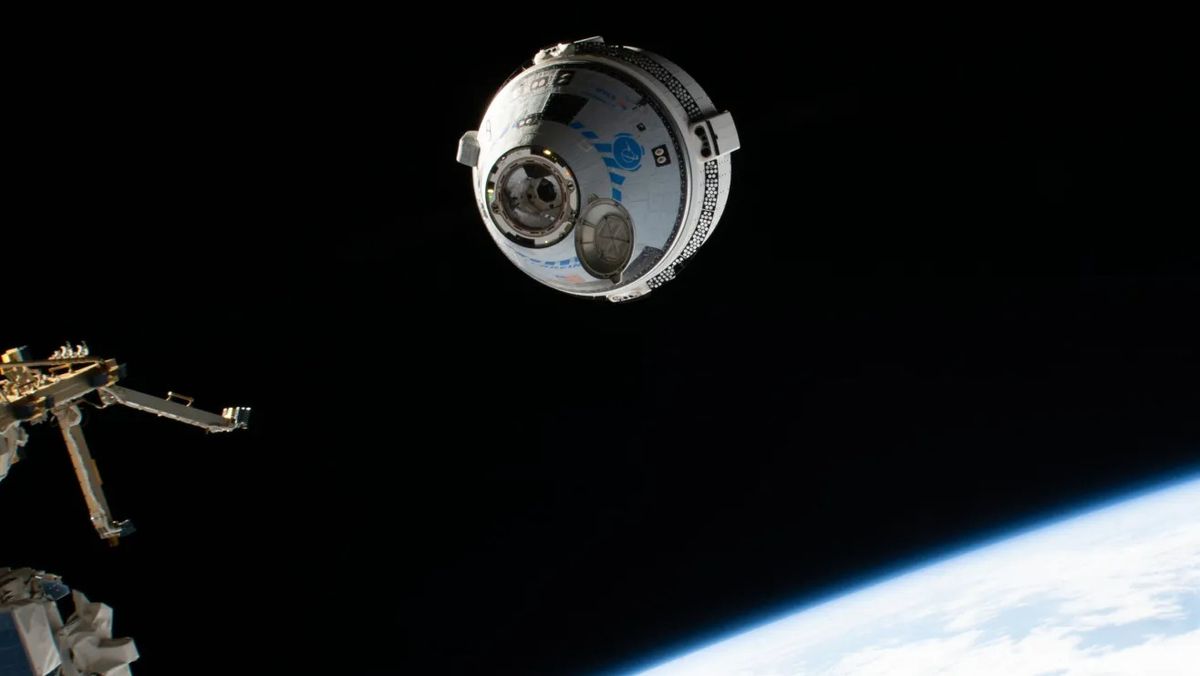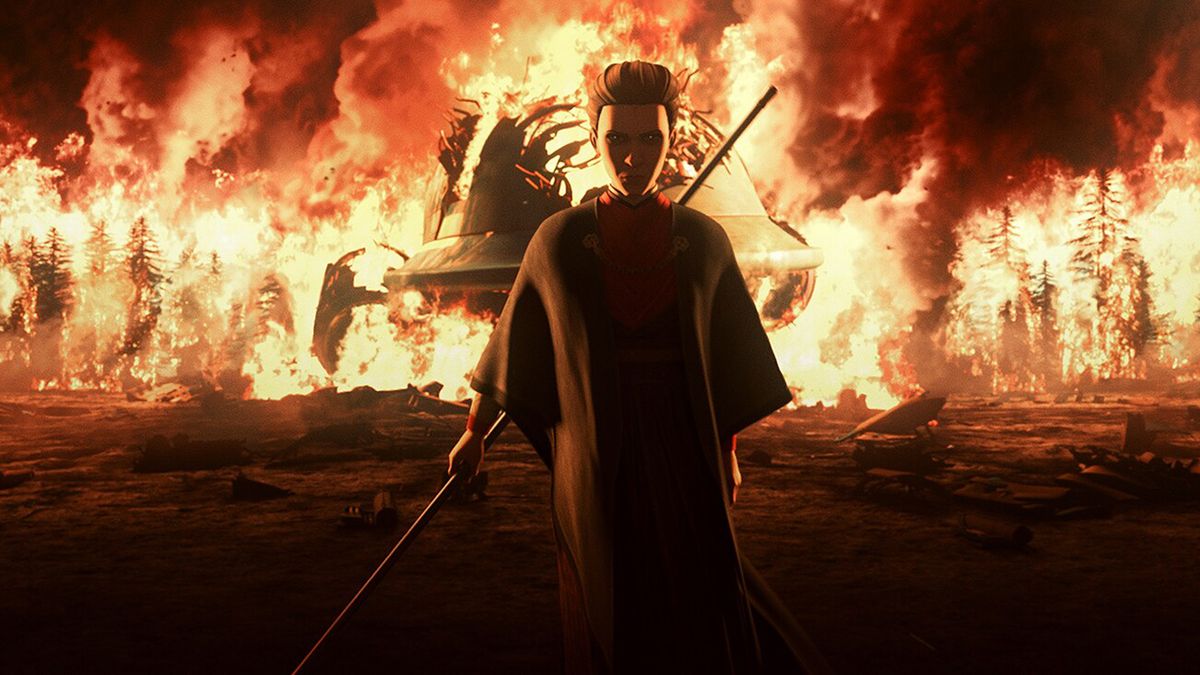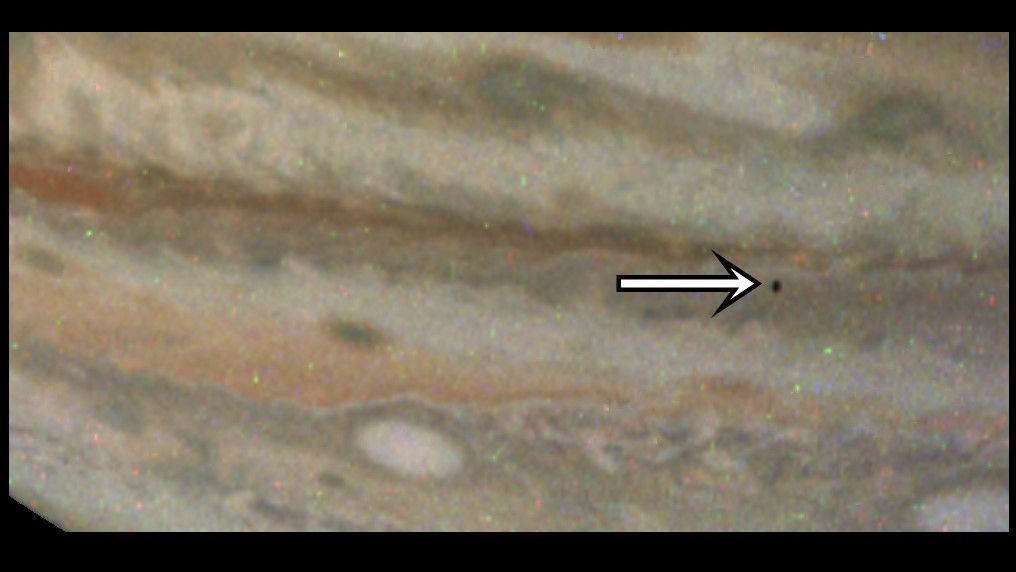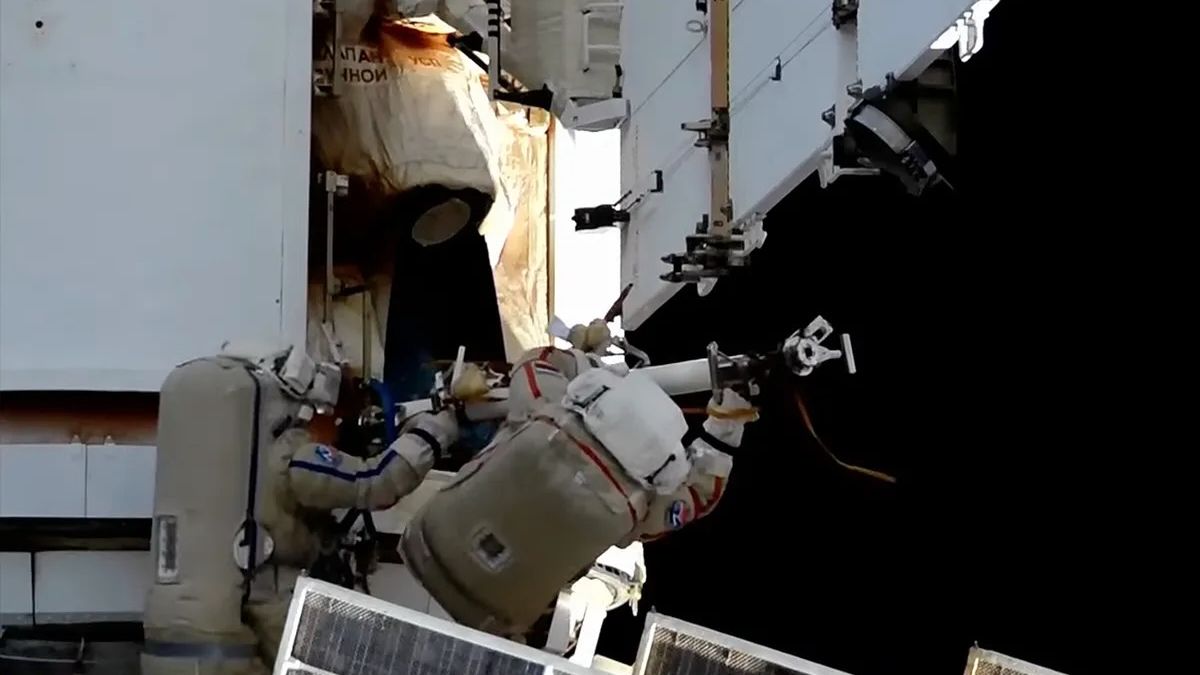Boeing Prepares for Starliner Crew Flight Test
Mark Nappi, a manager at Boeing, meticulously works through a checklist with nearly 90 items in preparation for the upcoming Crew Flight Test (CFT) of Boeing’s Starliner spacecraft. The mission, scheduled to launch on May 6, marks a significant step as it will be the first to carry astronauts on board. Nappi highlighted the pivotal nature of this mission during a press briefing at NASA’s Johnson Space Center on March 22, emphasizing the transition from uncrewed test flights to crewed missions.
Throughout the mission, from launch to landing, including docking with the International Space Station (ISS) and re-entry into Earth’s atmosphere, astronauts will evaluate the spacecraft’s performance and its capabilities in case of automated system failures. The success of CFT will pave the way for the first operational Starliner mission, anticipated to take place within a year.
CFT Mission Details
The Crew Flight Test is designed as a week-long mission to thoroughly test all systems and procedures of the spacecraft with experienced NASA astronauts Butch Wilmore and Suni Williams. Being the first crewed mission of Starliner, it signifies a significant milestone in Boeing’s $4.2 billion contract with NASA to develop commercial crew vehicles for the ISS, initiated in 2014. This partnership aims to meet NASA’s needs for crew rotation missions, ensuring the ongoing operation of the ISS.
Although technical challenges caused delays in preparing Starliner for crewed flights, Boeing has worked closely with NASA and astronauts to address and resolve these issues. Critical systems, such as life support, have been thoroughly tested through developmental flights like CFT, demonstrating a commitment to crew safety and mission success.
Preparation and Future Missions
Looking ahead, the first operational mission for Starliner, designated as Starliner-1, is projected to launch in early 2025. This mission will carry NASA commander Scott Tingle, NASA pilot Michael Fincke, and Canadian Space Agency astronaut Joshua Kutryk. Nappi outlined the key milestones that will be evaluated during CFT, including crew comfort, human factors, spacecraft performance during dynamic events, and system functionality.
Boeing’s progress in preparing Starliner for operational missions has been commendable, with certification anticipated by November or December to meet the scheduled launch window for Starliner-1. Ongoing collaboration between NASA and Boeing ensures adherence to certification requirements, drawing from the successful certification of SpaceX’s Crew Dragon.
Future Starliner missions will incorporate software upgrades and system enhancements based on lessons learned from previous flights. Nappi highlighted improvements such as upgraded oxidizer valves to address issues identified during previous test missions. These continuous refinements aim to enhance the spacecraft’s reliability and performance for future missions.
Boeing’s commitment to supporting NASA’s crew rotation missions through Starliner-6 underscores the long-term partnership between the two organizations. With a focus on meeting NASA’s requirements, Boeing remains open to exploring opportunities for private astronaut missions once these obligations are fulfilled.
Image/Photo credit: source url





